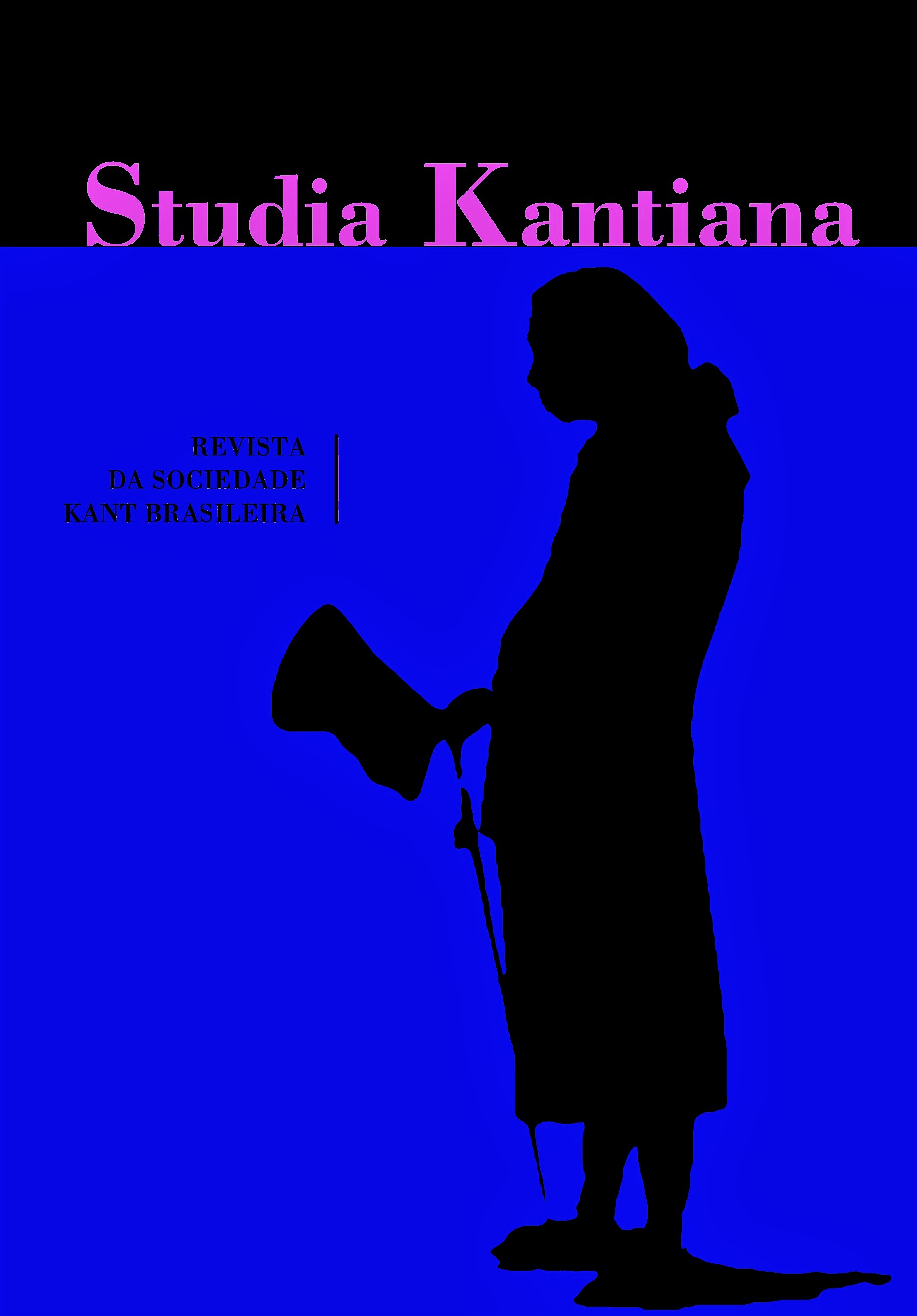Can we make sense of free harmony?
Palavras-chave:
Beauty, Taste, Free Play, Free Harmony, ImaginationResumo
Despite its centrality to Kant's account of judgments of taste, the notion of free harmony is remarkably hard to grasp. The difficulty springs, I argue, from the fact that any interpretation of this notion has to account for two desiderata that conflict under the assumption that concepts restrict imagination's freedom in composing the manifold of intuition: (a) that free harmony is compatible with a determinate cognition of the beautiful object and (b) what concept the object is subsumed under is irrelevant to determine whether or not it elicits free harmony. Guyer has objected to a number of interpretations on the ground that they cannot account for (a). I argue that Guyer's own metacognitive interpretation fails because it cannot account for (b). Based on some claims in the General remark on the first section of the Analytic, I outline an interpretation of free harmony that can make (a) and (b) compatible.Referências
ALLAIS, L. Manifest Reality: Kant’s Idealism and his Realism. New York: Oxford University Press, 2015.
ALLISON, H. Kant’s theory of taste: A Reading of the Critique of Aesthetic Judgment. Cambridge: Cambridge University Press, 2001.
BUDD, M. Aesthetic Essays. New York: Oxford University Press, 2008.
CROWTHER, P. The Kantian aesthetics: From knowledge to the avant-garde. Oxford: Oxford University Press, 2010.
GINSBORG, H. “Lawfulness without a Law: Kant on the Free Play of Imagination and Understandingâ€. Philosophical Topics 25 (1), (1997) pp. 37–81.
GUYER, P. Kant and the Claims of Taste. 2.ed. Cambridge: Cambridge University Press, 1997.
GUYER, P. “The harmony of the faculties revisitedâ€. In: KUKLA, R. (ed.) Aesthetics and cognition in Kant’s critical philosophy. Cambridge: Cambridge University Press, pp.162–193, 2006.
KANT, I. Critique of the Power of Judgment. Translated by Paul Guyer. Cambridge: Cambridge University Press, 2000.
KANT, I. Critique of Pure Reason. Trans. by Paul Guyer and Allen Wood. Cambridge: Cambridge University Press, 1998.
KÃœPLEN, M. “Kant and the Problem of Pure Judgments of Uglinessâ€. Kant Studies Online, (2013), 102-143.
KÃœPLEN, M. Beauty, Ugliness and the Free Play of Imagination: An Approach to Kant's Aesthetics. Springer International Publishing, 2015.
PHILLIPS, J. “Placing Ugliness in Kant’s Third Critique: A Reply to Paul Guyerâ€. Kant-Studien 102 (2011), 385-395.
RIND, M. “Can Kant's deduction of judgments of taste be saved?†Archiv fur Geschichte der Philosophie, 84(1), (2002) pp.20–45.
RUEGER, A. “The free play of the faculties and the status of natural beauty in Kant’s theory of tasteâ€. Archiv für Geschichte der Philosophie 90(3): (2008), 298–322.
RUSH, F. L. “The harmony of the facultiesâ€. Kant-Studien 92(1): (2001) 38–61.
SHIER, D. “Why Kant Finds Nothing Uglyâ€. British Journal of Aesthetics, 38(4), (1998), pp.412–418.

